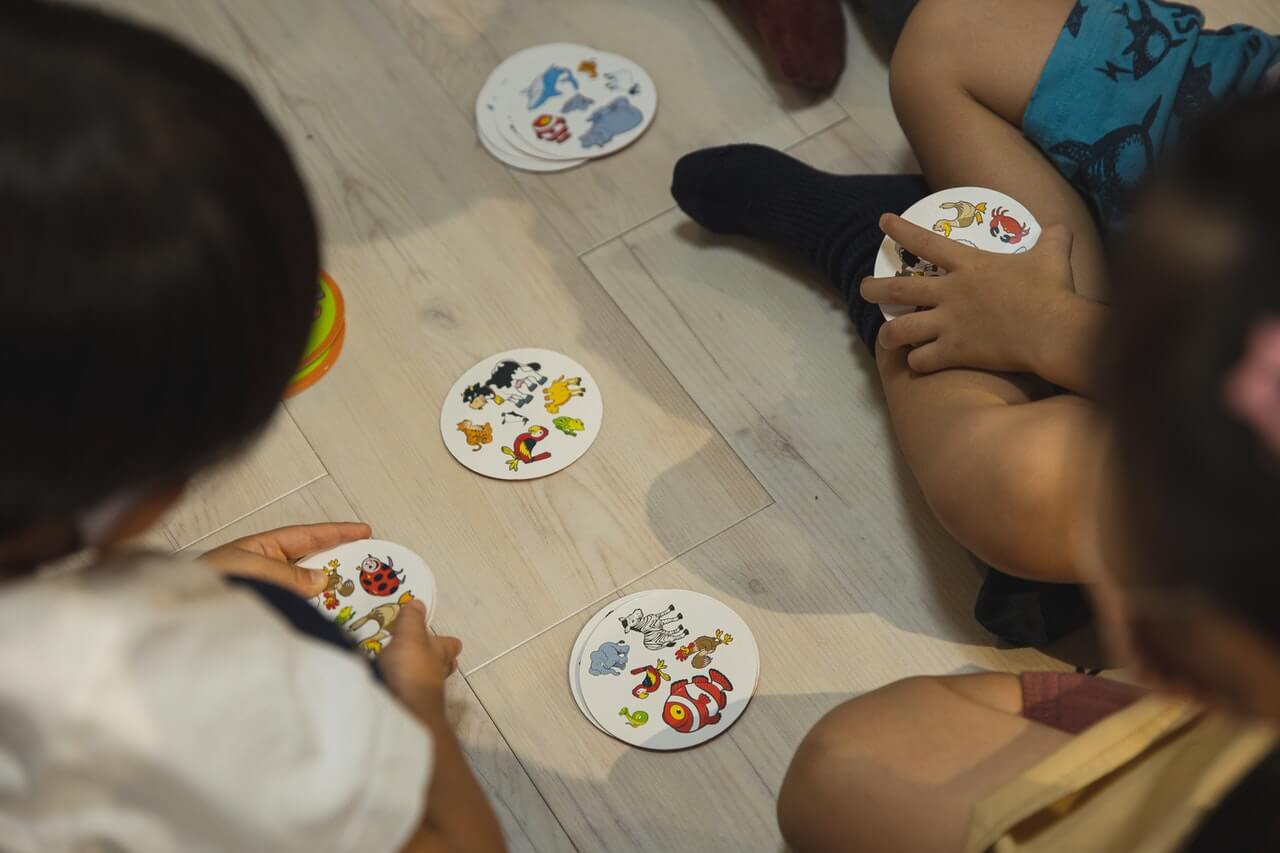Speaking is certainly the most complicated part of learning a language, and this typically presents the biggest challenge for learners.
In many schools, students are taught to recite robotic sentences and are often uncomfortable when presented with casual, everyday speaking situations.
Likewise, ESL learners do not always get the chance to practice expressing their views, opinions, and experiences through writing.
Written assignments are often centered around mirroring the grammar concept for the week. This is definitely not a bad thing, but written assignments work best when they are supplemented with creative and fun tasks.
While there are a plethora of speaking ESL games that probably come to every teacher’s mind, some may struggle with the writing element in this.
Don’t worry: we’ve got you covered with a few quick and easy options to spruce up that lesson.
–Get Your TESOL Certificate Online!–
Charades
A simple ESL game that can be highly effective with younger learners is a backward form of Charades.
Write basic sentences on small slips of paper and place them into a hat or bowl; if possible, have your students be responsible for composing them.
Give each student the opportunity to have a turn at the front, allotting a specified length of time for him or her to act out as many of the sentences as possible.
Students in the audience must infer what the actor is doing and state the sentence. This can be played in teams or in an “everyone for themselves” fashion.
Read: The Difference Between Teaching Speaking and Writing
Experience Bingo
This ESL game is a classic and is perfect for a start of term icebreaker.
Print out blank Bingo forms in advance, or have the students draw a 5 x 5 square chart on their own paper.
Before starting the activity, have the students brainstorm experiences aloud to you and write them on the board.
Then, have each student choose the appropriate number of experiences (whichever each individual wants for more diversity) and write them in their squares.
Set the students loose in the classroom, encouraging them to chat with their classmates to find out who has done each activity.
When the student finds someone, they can write their name in the square. Once they have 5 experiences checked off in a row, they can call out “Bingo!”.
Read: 3 Benefits of Having a TESOL Certification
Character Trait Roulette
This ESL game is designed for students who already know each other and is not appropriate for use as an icebreaker at the beginning of the term.
Have each student write a few different character traits on slips of paper and put them into a bowl/hate/pile.
One by one, have each student come to the front and choose a random slip. After reading the trait, they must decide who the trait best describes in the class.
Rather than simply stating a name, have the student give an example or tell a story detailing how the other student best emulates this trait. Kind, positive traits only!
Read: Fun Texting Activity for Teaching Writing
Telephone/Pass the Paper
Telephone story” or, more simply, “Pass the Paper” is a great way for students to practice their writing skills while channeling their creativity.
The teacher initiates the game by writing a sentence or two on a piece of paper to start the story. Pass the paper on to a student to write another couple of sentences.
He or she will then pass it on to another student and so-on and so-forth until everyone has had a turn.
The story will surely end up being silly and ridiculous, which is bound to put smiles on your students’ faces and make for a fun activity.
To make it even better, assign students to character roles from their self-made story, and have them perform an in-class play! Even the quietest of kids are sure to laugh here.
Read: About the Communicative Approach
Cartoons/Comics
Drawing cartoons or comics is a highly effective way for students to practice improvised writing, as long as you manage the time well- sometimes kids care much more about drawing than the language practice.
Allot a set time limit for students to draw a simple cartoon scene or four to six comic squares. You then have two options: have the students fill in dialogue (or write a story) for their own picture or, to add a bit of fun and humor, have them pass their paper to another student to fill in.
Toward the end of the class, have each student read the story and present their drawing at the front.
It’s a creative way to practice speaking and writing, as well as exposing them to presentation skills.
Read: How to Use Task-based Learning
Advertisements/Wanted Posters
Focusing on the grammar concepts and vocabulary that you’ve been working on with your students, have them create advertisements, billboards, or wanted posters as a laid-back writing activity.
Any way that you can think to make writing practice more dynamic will always be positive.
Merely writing sentences is not only boring: it’s also not as effective, since students can write sentences from memory without actually having to apply the grammar concepts in a unique and applicable way.





